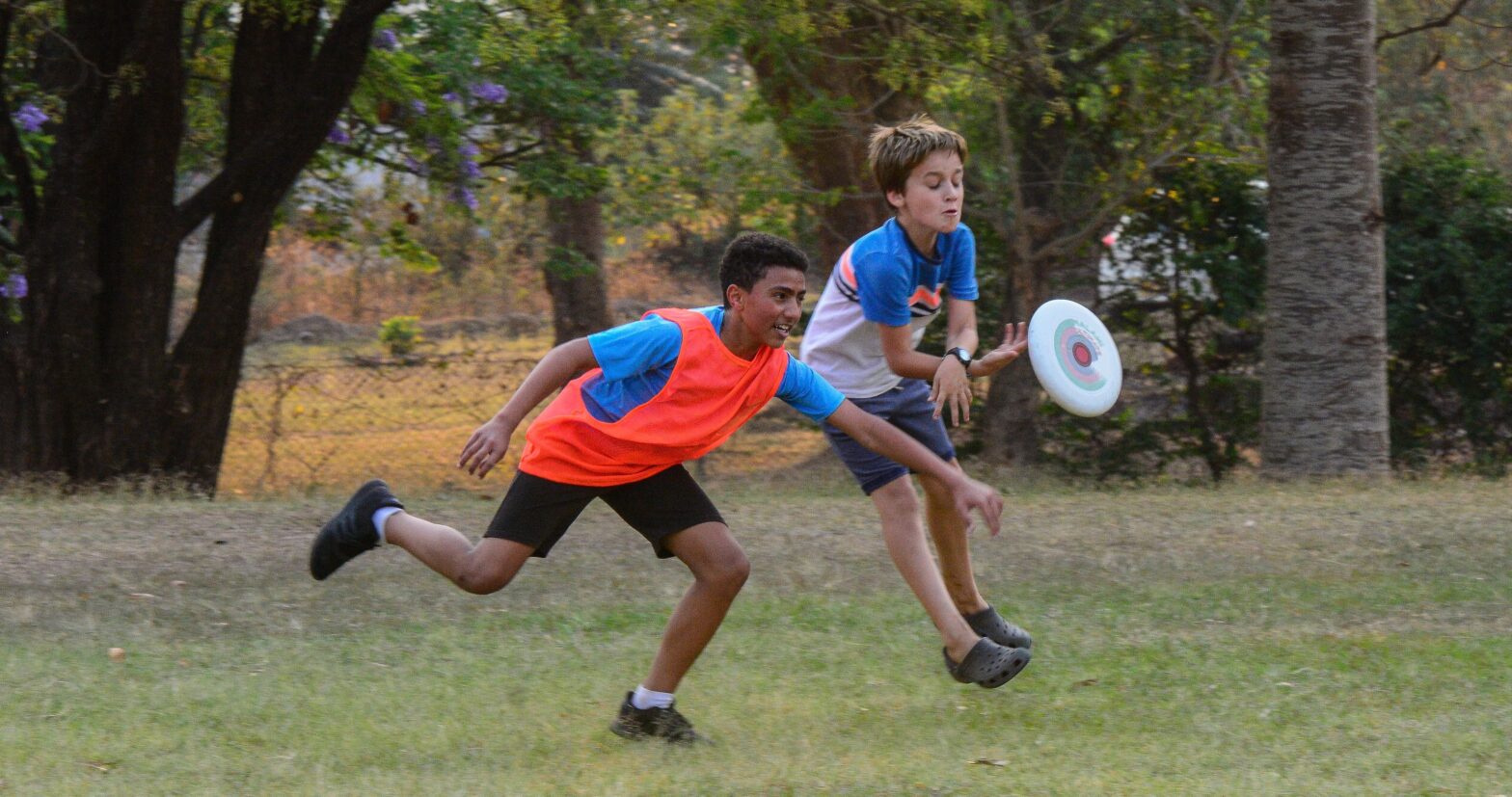I was asked a question this week about fouls caused by two people wanting to run into the same space at the same time. It’s something that can come up quite often as a defender and attacker are heading for the same spot. Does the attacker always have right of way? What about if one of them changes direction?
The answer wasn’t obvious to me, so I looked it up, and there are two relevant rules, 12.5 and 17.4:
12.5. Every player is entitled to occupy any position on the field not occupied by any opposing player, provided that they do not initiate contact in taking such a position, and are not moving in a reckless or dangerously aggressive manner.
https://rules.wfdf.sport/rules/2021/85-12-receivers-and-positioning
12.5.1. However when the disc is in the air a player may not move in a manner solely to prevent an opponent from taking an unoccupied path to make a play on the disc.
So once the disc is in the air, you can move wherever you want (in a safe way) as long as you are making a genuine attempt to get to the disc. If that blocks someone else’s route to the frisbee (without initiating contact or making it inevitable) that’s fine.
If you’re cutting to get into position, before the frisbee is thrown, 17.4 is more relevant:
17.4. Blocking Fouls:
17.4.1. A Blocking Foul occurs when a player takes a position that an opponent moving in a legal manner will be unable to avoid, taking into account the opponents expected position based on their established speed and direction, and non-minor contact results. This is to be treated as either a receiving foul or an indirect foul, whichever is applicable.
https://rules.wfdf.sport/rules/2021/90-17-fouls
The key words here are “unable to avoid” and “established speed and direction“. So a defender can move in a way that blocks off where they think the attacker might want to go, as long as it’s not in a way that makes a collision inevitable (or even highly likely).
These two diagrams illustrate a foul by the defender and by the attacker. In both the defender aims to block off the same space, but in the first she steps into the established line of the attacker (in such a way that the attacker does not have time to avoid the collision); in the second they are running parallel and the attacker changes line. This is the attacker’s fault as she tried to cross the defender’s established line.




